Items Similar to Untitled
Want more images or videos?
Request additional images or videos from the seller
1 of 3
Matthias LutzeyerUntitled2006
2006
$3,000
£2,286.89
€2,612.59
CA$4,221.42
A$4,623.77
CHF 2,434.41
MX$55,183.12
NOK 31,024.42
SEK 28,361
DKK 19,523.11
About the Item
Media = carbon and oil on wood.
- Creator:Matthias Lutzeyer
- Creation Year:2006
- Dimensions:Height: 12.5 in (31.75 cm)Width: 12.5 in (31.75 cm)Depth: 5 in (12.7 cm)
- Medium:
- Movement & Style:
- Period:
- Condition:
- Gallery Location:Boca Raton, FL
- Reference Number:1stDibs: LU135425806822
About the Seller
5.0
Recognized Seller
These prestigious sellers are industry leaders and represent the highest echelon for item quality and design.
Established in 1989
1stDibs seller since 2020
26 sales on 1stDibs
Typical response time: 5 hours
- ShippingRetrieving quote...Shipping from: Boca Raton, FL
- Return Policy
More From This Seller
View AllBlack Cube
By Jane Manus
Located in Boca Raton, FL
Jane Manus has been continuously developing her oeuvre of forceful geometric sculptures since the 1970s, when as a young, female artist at the Art Institute of Boston she learned to ...
Category
21st Century and Contemporary Contemporary Abstract Sculptures
Materials
Metal
$14,000
Thor
By Jane Manus
Located in Boca Raton, FL
Characterizing herself as a Constructivist-turned-Minimalist, who “can’t do anything else” but make art, Jane Manus produces abstract sculptures that punctuate the spaces into which ...
Category
21st Century and Contemporary Minimalist Abstract Sculptures
Materials
Metal
$18,000
Tidal Shift II
By KX2: Ruth Avra and Dana Kleinman
Located in Boca Raton, FL
Kx2 is a collaboration combining the strengths of artists and sisters Ruth Avra and Dana Kleinman who create mathematically inspired sculpture merging metal and painting. From a dist...
Category
21st Century and Contemporary Abstract Sculptures
Materials
Stainless Steel
Untitled
By Cha Jongrye
Located in Boca Raton, FL
Using wood as her chosen medium, Jong Rye constructs seamlessly intricate wooden landscapes through her often wall-mounted sculptures. Sanding and layering hundreds of delicate wood ...
Category
2010s Abstract Geometric Abstract Sculptures
Materials
Wood
$30,000
Abstract 41091
By Kim Keever
Located in Boca Raton, FL
Ed of 5 + 2AP
Among the contributors to the contemporary art world’s boundary-breaking experimentation in media, Kim Keever has hit on something truly unique—a photographic art in w...
Category
21st Century and Contemporary Contemporary Color Photography
Materials
Plexiglass, Photographic Paper
Alembic Cube (Study 1)
By Jonathan Prince
Located in Boca Raton, FL
Jonathan Prince shapes stone and steel into elegant, expressive, abstract sculptures, drawing inspiration from the Modernist emphasis on materiality, form, and precision, and influen...
Category
21st Century and Contemporary Abstract Sculptures
Materials
Steel
You May Also Like
Untitled 05 - Contemporary, Abstract, Organic, Black, Monochrome, Rough
By Zsolt Berszán
Located in Baden-Baden, DE
Untitled 05, 2016
Mixed media on metal sheet
(Signed on reverse)
69,78 H × 39,98 W x 12,6 D in
177 H × 99 W x 32 D cm
Berszán’s black silicone structures arise through a process of ...
Category
2010s Abstract Abstract Sculptures
Materials
Metal, Wire
Machet 1, Abstract Sculpture
Located in Miami Beach, FL
The Ragisména series, which in Greek means cracked, has its materiality manifested through the desire to recreate and make feelings, memories and mythology tangible in the physical w...
Category
2010s Abstract Abstract Sculptures
Materials
Canvas, Paper
Untitled 021 [Remains of the Remains 021] - Black, Monochrome, Abstract Art
By Zsolt Berszán
Located in Baden-Baden, DE
Untitled 021 [Remains of the Remains 021], 2020
oil on canvas
78 47/64 H x 59 1/16 W in
200 H x 150 W cm
The large-sized paintings, signed by Zsolt Berszán, addresses the subject of...
Category
2010s Abstract Expressionist Abstract Paintings
Materials
Canvas, Oil
Untitled 03 [Dissecting the Unknown 03] - Black, Monochrome, Abstract Art
By Zsolt Berszán
Located in Baden-Baden, DE
Untitled 03 [Dissecting the Unknown 03], 2015 - 2016
Mixed technique: oil paint, adhesive on canvas mounted on OSB
12.6 × 9.1 × 0.4 in
32 × 23 × 1 cm
(Signed on reverse)
Zsolt Bersz...
Category
2010s Abstract Abstract Paintings
Materials
Canvas, Adhesive, Oil
Untitled 01 [Dissecting the Unknown 01] - Black, Monochrome, Abstract, 21st C
By Zsolt Berszán
Located in Baden-Baden, DE
Untitled 01 [Dissecting the Unknown 01], 2015 - 2016
Mixed technique: oil paint, adhesive on canvas mounted on OSB
12.6 × 9.1 × 0.4 in
32 × 23 × 1 cm
(Signed on reverse)
Zsolt Bersz...
Category
2010s Abstract Abstract Paintings
Materials
Canvas, Oil
$430 Sale Price
20% Off
Free Shipping
Untitled 03 [Dissecting the Unknown 03] - Contemporary, Black, Monochrome
By Zsolt Berszán
Located in Baden-Baden, DE
Untitled 03 [Dissecting the Unknown 03], 2015
Mixed technique: oil paint, adhesive on canvas
(Signed on reverse)
9 27/32 H x 7 7/8 W in
25 H x 20 W cm
Zsolt Berszán’s work speaks of...
Category
2010s Abstract Abstract Paintings
Materials
Canvas, Adhesive, Oil
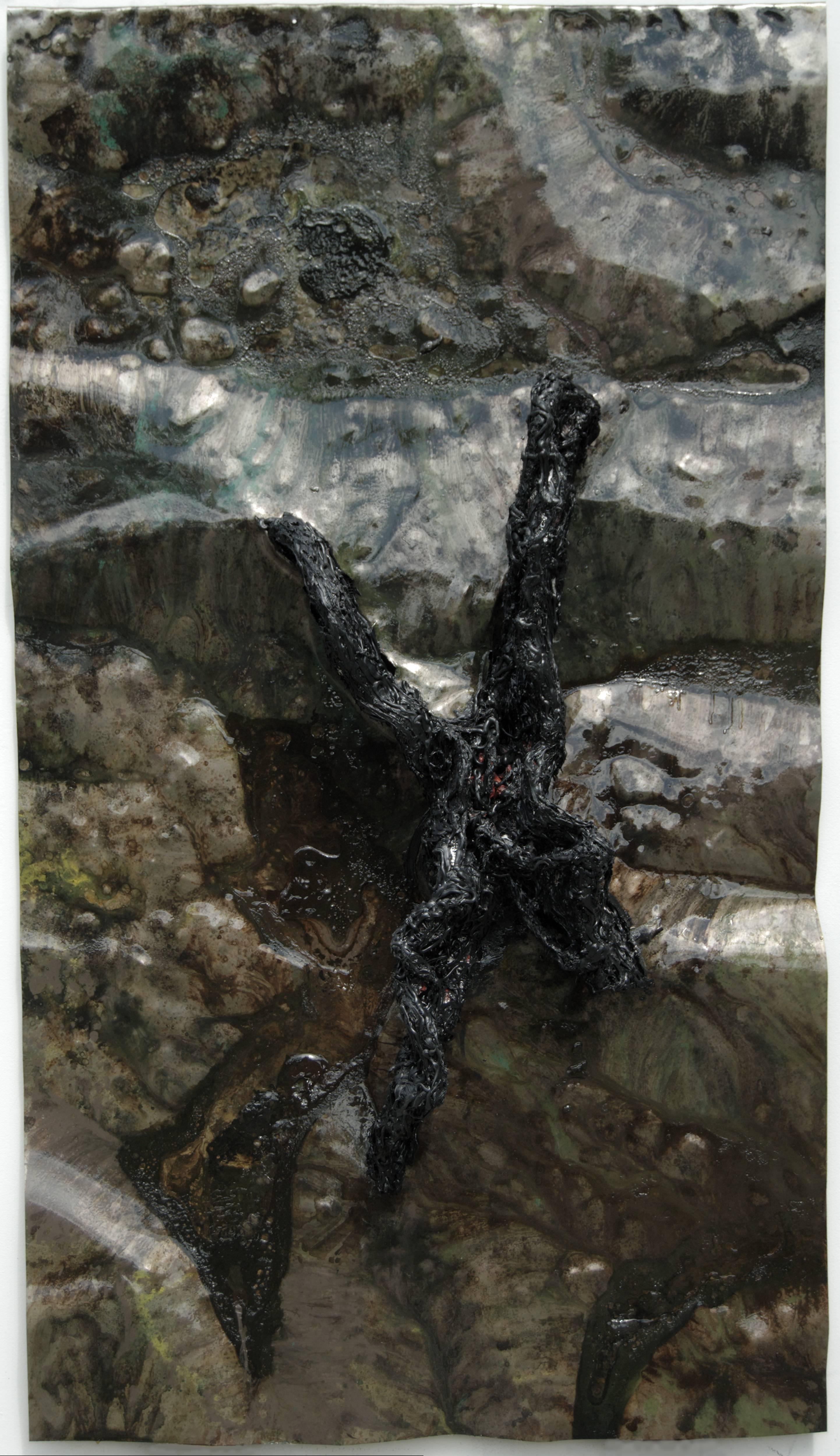
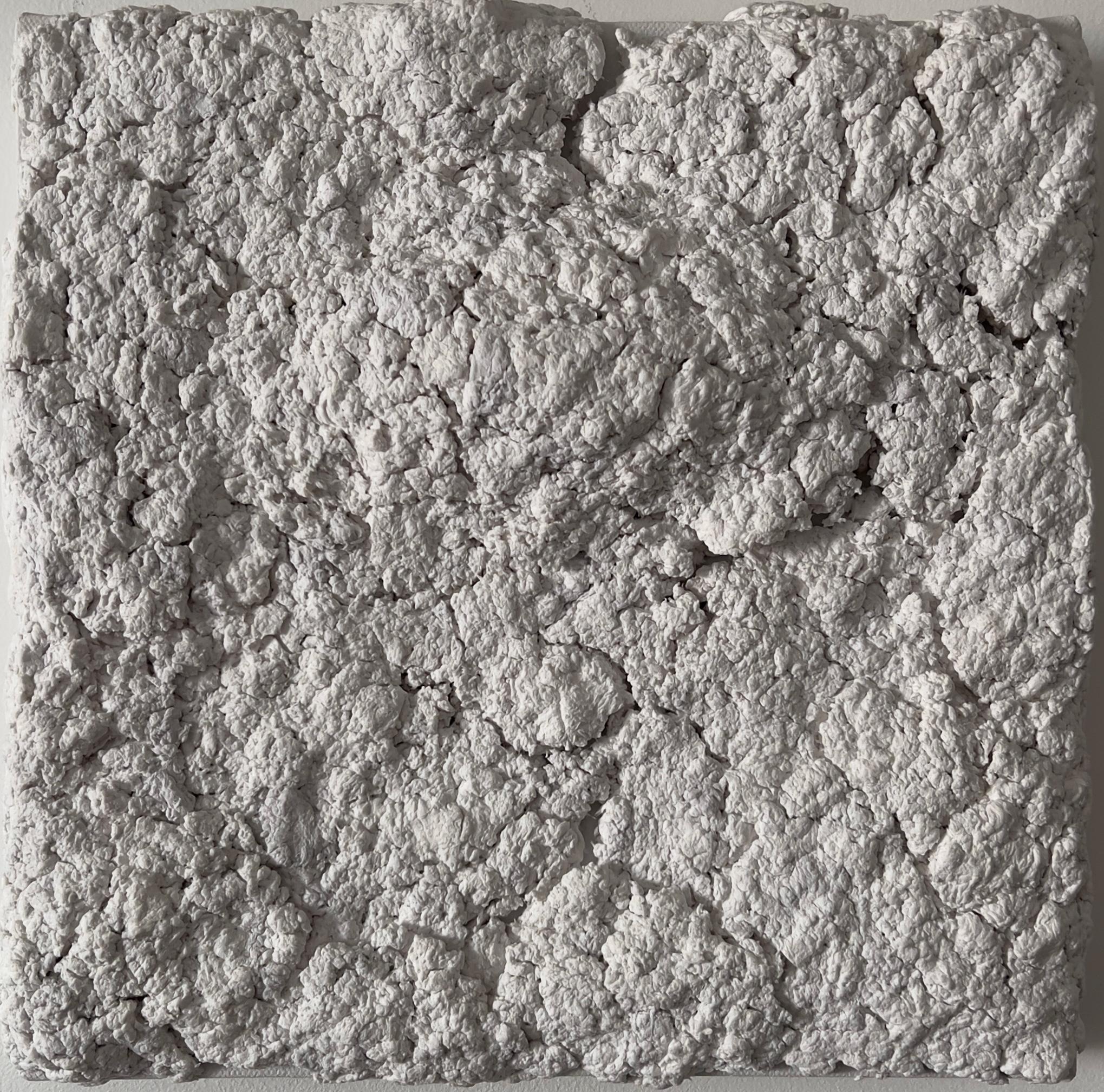
![Untitled 021 [Remains of the Remains 021] - Black, Monochrome, Abstract Art](https://a.1stdibscdn.com/zsolt-berszan-paintings-untitled-021-remains-of-the-remains-021-black-monochrome-abstract-art-for-sale/a_6863/1643149611758/Untitled_21_oil_on_canvas_200x150cm_2020_master.jpg)
![Untitled 03 [Dissecting the Unknown 03] - Black, Monochrome, Abstract Art](https://a.1stdibscdn.com/zsolt-berszan-paintings-untitled-03-dissecting-the-unknown-03-black-monochrome-abstract-art-for-sale/a_6863/1611100758804/Untitled_03_mixed_technique_on_canvas_mounted_on_OSB_32x23cm_2015_2016_master.jpg)
![Untitled 01 [Dissecting the Unknown 01] - Black, Monochrome, Abstract, 21st C](https://a.1stdibscdn.com/zsolt-berszan-paintings-untitled-01-dissecting-the-unknown-01-black-monochrome-abstract-21st-c-for-sale/a_6863/1611097370686/Untitled_01_mixed_technique_on_canvas_mounted_on_OSB_32x23cm_2015_2016_master.jpg)
![Untitled 03 [Dissecting the Unknown 03] - Contemporary, Black, Monochrome](https://a.1stdibscdn.com/zsolt-berszan-paintings-untitled-03-dissecting-the-unknown-03-contemporary-black-monochrome-for-sale/a_6863/1594129658318/Untitled_03_mixed_technique_on_canvas_24x18cm_2015_master.jpg)
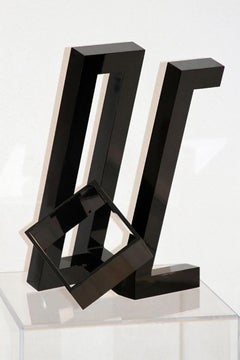
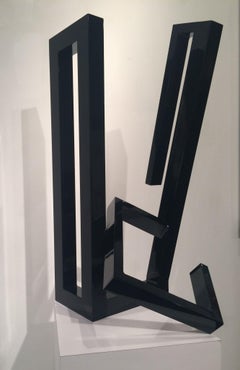
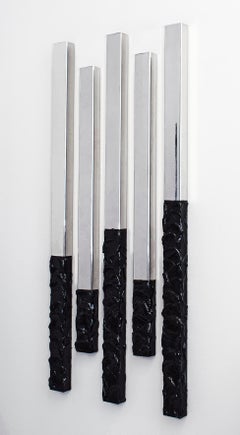
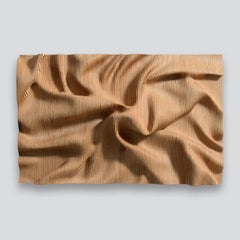
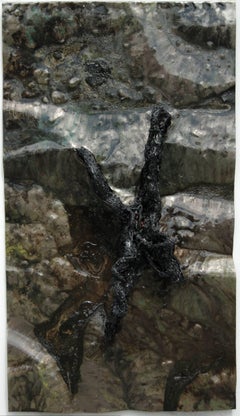

![Untitled 021 [Remains of the Remains 021] - Black, Monochrome, Abstract Art](https://a.1stdibscdn.com/zsolt-berszan-paintings-untitled-021-remains-of-the-remains-021-black-monochrome-abstract-art-for-sale/a_6863/1643149611758/Untitled_21_oil_on_canvas_200x150cm_2020_master.jpg?width=240)
![Untitled 03 [Dissecting the Unknown 03] - Black, Monochrome, Abstract Art](https://a.1stdibscdn.com/zsolt-berszan-paintings-untitled-03-dissecting-the-unknown-03-black-monochrome-abstract-art-for-sale/a_6863/1611100758804/Untitled_03_mixed_technique_on_canvas_mounted_on_OSB_32x23cm_2015_2016_master.jpg?width=240)